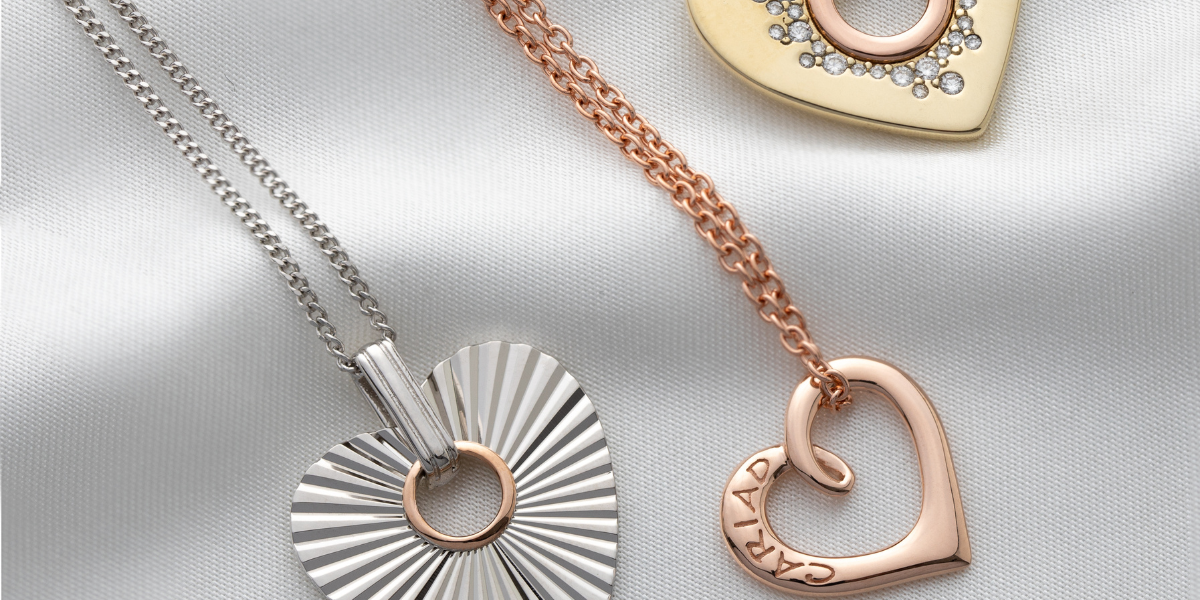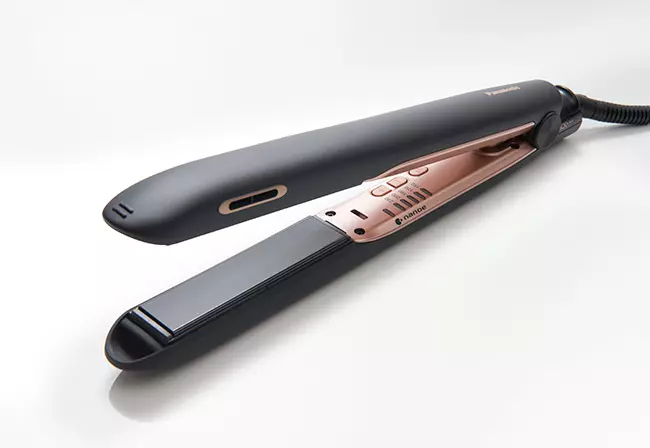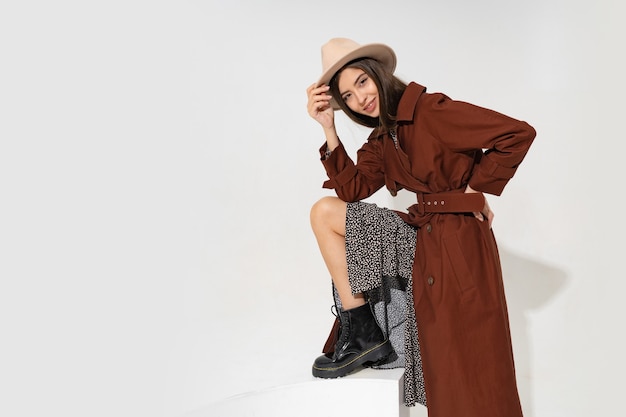:format(jpeg)/cloudfront-us-east-1.images.arcpublishing.com/tgam/5F5ZWBK46JGQ7JLBYTYIRG4YBM.jpg)
As we return more frequently to independent boutiques and the local mall, what can we expect from the shopping experience?Inland/Handout
The pandemic has turned the way we shop upside down. Last summer, the platform eMarketer reported that retail e-commerce grew 75 per cent in Canada during 2020. But it also noted that the country’s total retail sector – including physical storefronts – is poised for a rebound.
As we return more frequently to independent boutiques and the local mall, what can we expect from the shopping experience? If the designers, retailers and landlords we talked to are right, it might take its cues from the ways we consume style online.
Malls embrace culture
When Black Owned Toronto, a retail platform created by Kerin John that curates hundreds of products, opened its first bricks-and-mortar location at Toronto’s Scarborough Town Centre (STC) in 2021, it signalled a cultural shift. The business transitioned from one social space (an Instagram account launched in 2020) to another (the mall), illustrating how some shopping centres are harnessing the power of community to drive opportunities for tenants while making shoppers feel more included.
:format(jpeg)/cloudfront-us-east-1.images.arcpublishing.com/tgam/X6WG35KDXRBALD2OCDOX7RCODE.jpg)
Kerin John, creator of Black Owned Toronto, at the online platform’s business hub in downtown Toronto.Carla Antonio/The Globe and Mail
“A large part of my role is really focusing on how we connect the community with brands and experiences that are important to them,” says Vianna Ko, marketing manager at Scarborough Town Centre. Ko points to the mall’s Black History Month programming and its continuing partnership with ArtworxTO, a public art organization, as two examples of how a mall can cultivate more than consumer desire. It also recently joined forces with the Scarborough Health Network (SHN) Foundation for a two-week fundraising initiative. “[They’ve] been a long-time charity partner for us,” she says of SHN and its Love, Scarborough campaign. “It was a physical opportunity to come and learn about the campaign. And that shows how STC is such an important resource and destination.”
‘Brand Canada’ expands
A new generation of Canadian fashion and accessory labels are venturing into retail as a way to build their brands at home and abroad. Tailoring-centric Smythe recently toasted the arrival of its flagship in Toronto’s Summerhill neighbourhood and eyewear company Clearly has set up shop in Edmonton, Ottawa and Mississauga with plans for more stores to come.
:format(jpeg)/cloudfront-us-east-1.images.arcpublishing.com/tgam/SHQ4PUHOCVFRVG5EUXVEWGHJVE.jpg)
Tailoring-centric Smythe recently toasted the arrival of its flagship in Toronto’s Summerhill neighbourhood.Handout
“We saw an opportunity as an independent small brand to just go for it,” says Myriam Maguire of Maguire Shoes, when speaking about the opportunity she and sister Romy Belzile-Maguire jumped at, to open their first boutique in New York. The Quebec-based duo is adding to their existing stable of stores in Montreal and Toronto, which offer a range of transparently priced footwear and accessories. “Choosing New York was a way to position ourselves not only in the United States, because it’s a destination that many Americans go to for shopping, but also to people around the world,” Maguire says. The Nolita shop is around the corner from the outpost of another buzzy Canadian brand, jeweller Mejuri.
Customer service opens up
Advocates for rethinking traditional gender constructs often note that shopping online provides a judgment-free space for investing in self-expression. In store, genderless merchandising and design has had its moments (artist Faye Toogood created the Agender concept space for Selfridges in London in 2015, while the Phluid Project took Manhattan in 2018) but progress has been slow. Today, however, more existing business owners are tapping into the diverse needs of shoppers to offer welcoming and bias-free service.
“[We] don’t make assumptions when people enter about who is shopping and who is accompanying,” says Regine Paquette of the Ottawa-based boutique Victoire. “For example, the question ‘What can we help you find today?’ is directed to all people entering as a group.” A scroll through Victoire’s social-media feed reveals a range of models showing off its wares, some created by genderless brands such as Veri. “We try to show that any piece can be worn by anyone,” Paquette says. “It may be aspirational to some extent – we don’t expect to sell hundreds of skirts to male-identifying people tomorrow. But it moves the needle, and we’ve seen firsthand how it makes more people feel comfortable.”
Pop-ups bounce back
Limited-timing shopping opportunities were gaining popularity prepandemic, and the ability for brands to meet their customers without the need to sign a long-term lease was a boon to upstart labels. Pop-up spaces also fostered business and creative connections among designers in a way that’s hard to replicate in cyberspace. This is why Sarah Power, founder of the Canadian design-focused Inland pop-up venture, is looking forward to holding its next IRL event at Toronto’s Design Exchange from May 6 to 8 alongside programming from Fashion Art Toronto (FAT).
“We want to get back into these glorious, delicious experiences together,” says Power, who pivoted Inland’s activities to e-commerce once COVID-19 hit Canada. She highlights that the partnership with FAT will include 40 labels selling their pieces plus runway presentations by additional designers. Power says the enthusiasm for these types of face-to-face shopping encounters reflect how people are thinking more carefully about what they bring into their closets and where the invest their money. “You fall in love with the maker,” she says of why pop-ups are so potent in creating a palpable link between consumer and creative. “[It’s] an extension of that connection of just being human together.”
Visit tgam.ca/newsletters to sign up for the weekly Style newsletter, your guide to fashion, design, entertaining, shopping and living well. And follow us on Instagram @globestyle.








